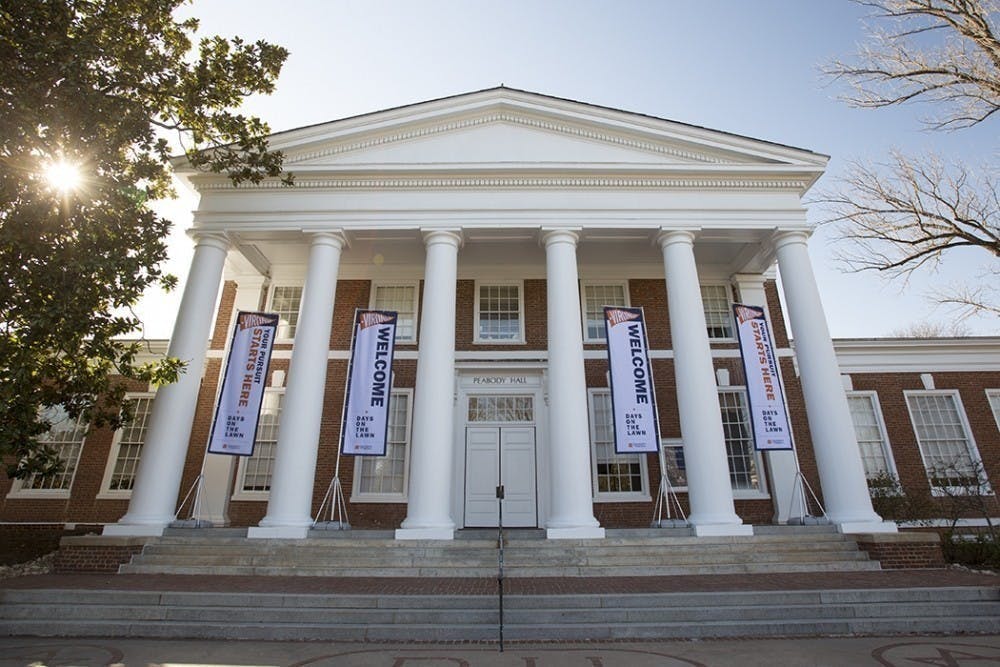中文版请点击此处
The University received a record total of 3,442 early decision applications and 31,152 early action applications for the Class of 2026, a 17 percent increase in early decision applications and a seven percent increase in early action applications compared to last year. This increase held across nearly all schools and demographics.
The deadline to submit early action and early decision applications was Nov. 1. The early decision application option is binding, meaning that students may not apply to other institutions for early decision. If admitted to the University, the student is committed to withdraw all other applications. The University reinstated this option in 2019 for the first time since 2006. The early action application option, meanwhile, is non-binding and unrestricted, which allows students admitted to apply to other schools through early and regular admissions cycles.
The University maintained its test-optional policy of standardized test scores this year, after first announcing the policy for applicants to the Class of 2025. Students who wish to include testing may do so, but those who do not will be at no disadvantage in the application review.
While numbers are still unofficial, the University has already received 3,442 early decision applications and 31,152 early action applications. This represents a 17 percent increase from 2,930 early decision applications received last year and a seven percent increase from 29,007 early action applications last year.
The early decision and early action applicant pools consist of 18,227 white applicants, which compares to 5,478 Asian applicants, 2,793 Hispanic applicants, 1,732 Black applicants, 23 Native Hawaiian applicants, 1,737 with more than one race listed and 1,914 with no race listed.
This is compared to 17,540 white applicants, 4,807 Asian applicants, 2,517 Hispanic applicants, 1,560 Black applicants, 15 Native Hawaiian applicants, 1,633 applicants with more than one race listed and 1,627 with no race listed last year.
All of these mark an increase in all demographics with the exception of the Native American applicant pool, which had 28 applicants in both this year’s and last year’s cycles.
With the exception of the School of Nursing, every undergraduate school saw an increase in applicants with the School of Architecture up 24 percent, the College of Arts and Sciences up by 6 percent, the School of Education up by 14 percent, and the School of Engineering up by 18 percent. Applications to the School of Nursing decreased by five percent.
An increasing number of first-generation college students and legacy students applied for admission to the University this year. First-generation applications increased by 29 percent from 3,902 to 3,974 and legacy applications increased by two percent from 2,166 to 2,220. There were also 3,251 international applicants, making up 10 percent of total applications.
In an email statement to The Cavalier Daily, Dean of Admissions Gregory Roberts said the University works closely with the Virginia College Advising Corp to recruit students at under-resourced high schools in the state, and are also in the process of developing video content and stories that profile current first-generation University students. The University also hosted a first-generation open house event for prospective students and families in November, which over 300 people had registered for.
Roberts credited the return to in-person recruiting for the record number of University early decision and early action applicants this year. In particular, Roberts said he believes the ability to offer in-person tours and open house programs on Grounds for prospective students contributed to more interest.
For the first time in two years, Roberts and his team of admissions counselors and deans visited high schools throughout Virginia during the fall semester to provide information and recruit prospective applicants.
“Our team worked incredibly hard reaching out to students and parents and schools to encourage them to consider the University, both in-person and virtually,” Roberts said.
Roberts also noted that he and his team believe more students opted to apply through an early plan rather than regular decision this year, which also played a role in the increase in early applicants. Roberts said he thinks this may be because early acceptances could alleviate stress.
Decisions for early decision and early action will be released mid-December and mid-February, respectively. Students who are deferred will be reviewed with those who apply during the regular decision cycle in January.







